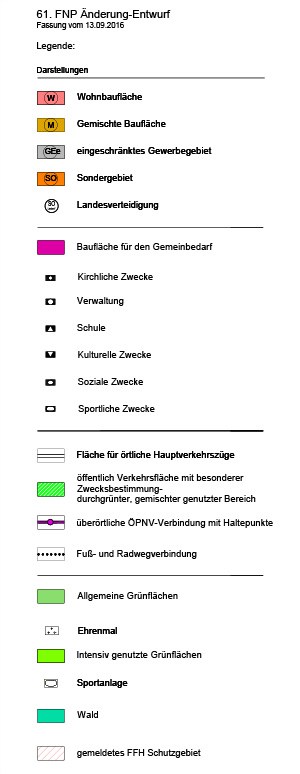The Air Base During the National Socialist Period
The buildup of the Air Force played a major role in the rearmament policy of the NS regime. For this reason air warfare schools were required. Thus the Deutsche Luftverkehrs- und Handelsaktiengesellschaft (Delhag) started purchasing properties south of the railway line Munich-Augsburg from 1934 in order to set up an airfield within the districts of Maisach and Fürstenfeldbruck. While farmers from Maisach and Fürstenfeldbruck protested against the expropriation of their properties, their location appealed to the authorities as it was both situated in the open countryside as well as close to armament centers. The planned air warfare school in Fürstenfeldbruck was considered a military object of prestige in Bavaria.
Dr. Ernst Sagebiel, ministry official, was involved in planning the representational buildings for the emerging air base. Robert Roskothen was responsible for site and planning supervision as well as for the teaching and accommodation facilities. From a National Socialist Air Force perspective, independence of infrastructure was imperative when setting up air warfare schools. This included their own water and energy supply, a corresponding access to the road and railway network as well as their own maintenance and repair facilities. A number of hangars and a large armory were built for the operation of flights. The “Kilometerbau” (“kilometer-building”) served as living quarters for military personnel. The array of the buildings aimed at a special “village character”, which was supposed to provide better camouflage. A massive gate-tower with a pointed gable and a tripartite arched passage was built, through which one could get to the actual air warfare school, an ample three-wing compound surrounding the parade ground. Here, the commander’s office, the auditorium as well as the accommodation areas were grouped together.
On 1st October 1937, the air warfare school was opened. An area of approx. 400,000 square meters of forest was cleared by approx. 1,800 to 2,000 workers and eight kilometers of roads and 5,000 meters of railroads were built. During that time, the air base was the district’s largest employer. In addition to that, craft businesses and construction companies in Fürstenfeldbruck benefited from orders relating to the set-up of the air base. However, the site was not completed by the end of the war. By March 1940, some 24 million Reichsmark had been spent on construction. The Fürstenfeld air base serves as a good example for the major efforts the National Socialists put into the construction of airfields in Germany. The training of a new generation of officers and young air force pilots, in particular, was organized at the air base. During the National Socialist period, the air base remained a training center.
World War II did not leave the Fürstenfeldbruck site unscathed. In the period from November 1939 until October 1940, the headquarters of the air base were relocated to Neuhausen near Königsberg. In order to ensure the operation of Me 410 fast bombers the air base received a paved runway in 1943, which was extended to 1,500 meters in 1944. Combat units, however, were not stationed here. In 1942, the rationing of fuel affected the training operations of the school to the extent that the number of flying lessons had to be curtailed for the first time. This development even took a turn for the worse as time went on. In an attempt to make up for cancelled training time, glider flight training was intensified. This resulted in a great number of inexperienced and insufficiently trained pilots joining the combat units. Pilots trained at Fürstenfeldbruck air base were deployed to combat war zones all over Europe. On 9th April 1945, the air base was bombed for the first and only time.
During the National Socialist period, the commanders at the air base were: Hermann Ritter von Mann Edler von Tiechler (from October 1937 to March 1940), Herbert Sonnenburg (from October 1940 to September 1943) and Otto Höhe (until the end of the war).

The administration of the town and the air base shared a common interest in a number of issues. A significant increase in demand for housing occurred in the surrounding area. The relationship between those responsible in the army and the National Socialist party was said to have generally been positive; they collaborated from the beginning. The first commander of the garrison, Major Freiherr von Beaulieu-Marconay, took the salute at the march-past with Kreisleiter (district leader) Franz Emmer, Mayor Adolf Schorer, Ortsgruppenleiter (local party group leader) Heinrich Böck and Kreisamtsleiter (district administration leader) Eugen Scheurer for the first time in April 1937. Many events such as music performances, sightseeing flights and presentations of films, weapons and combats were made available to the public. In addition, hundreds of civilians were employed at the air base.
Source list


